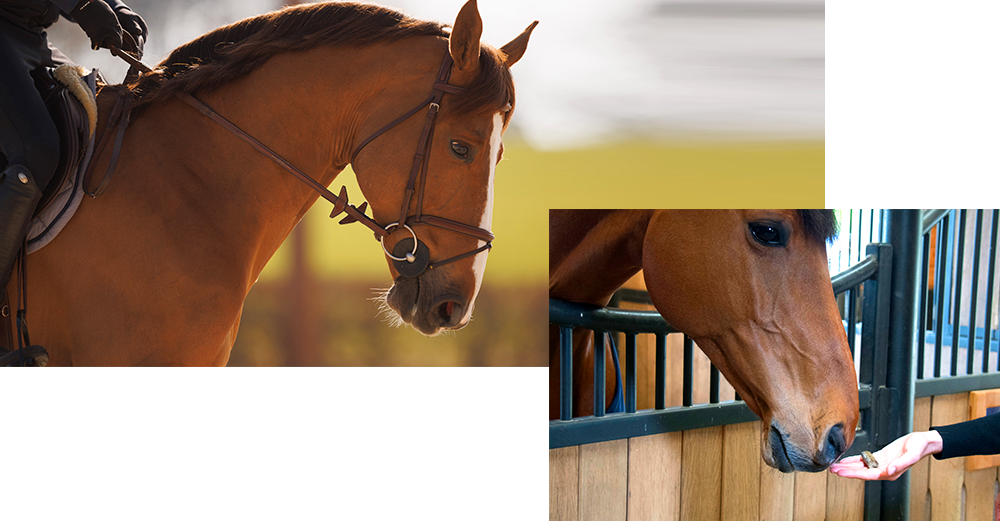No products available yet
Stay tuned! More products will be shown here as they are added.
The use of biotin for horses is a common practice and is widely recognized for its multiple benefits. As a vitamin B8, biotin is essential for an efficient metabolism of fats and proteins in the body. This metabolic function has direct benefits on several aspects of equine health. Including the improvement of the horn of horses' feet, coat quality and shine, and skin health.
For hooves, biotin strengthens the keratinized structure, which makes the hooves more resilient. Horses with fragile or brittle hooves highly benefit from biotin supplementation.
For the coat and skin, biotin plays a role in the production of a shiny coat and healthy skin. The supplementation of the horse in biotin can transform a dull coat and prickly hair into a bright and shiny coat. It also helps in the moisturization of the skin by reducing dryness problems, itch, and other cutaneous infections (dermatitis) which can create discomfort and affect the horse’s appearance.
However, it is important to realize that the need for biotins can vary depending on the horse. It is influenced by the age, the level of activity, the general health and the quality of diet. This is why there is a wide range of biotin, made to answer to specific nutritional needs of horses. This personalized approach not only ensures that the horse benefits fully from the benefits of biotin but also that its overall health will be optimally supported.
It should be emphasized that biotin is without contraindication for the entire duration of the mare's gestation. It permits a non-negligible intake of vitamin B8 for the foal during gestation. Besides, the foal experienced an intensive period of growth during the sixth month, and the nutritional needs of the mare intensified. This nutritional supplement contributes to an intake of vitamin B8 easing the arrival of a healthy foal.
Filter By
Price
Price
€21.00 - €84.00
Filters
Filters
Stay tuned! More products will be shown here as they are added.

• A soft, fragil, crumbled, damaged, mealy, flaky horn
• A faulty horseshoe due to a skinny foot, a horn that is too thin
• A dry horn
• A circled foot
• A brittle foot
• Any hoof pathology such as sand crack, seedy toe, laminitis, white line disease, etc.
• A horn that grows too slowly or which does not regenerate
• Dull, rough hair
• Dry and brittle horsehair
• Any pathology related to the skin such as dermatitis, mud fever, dermatitis, urticaria, etc.
• A dull coat after shedding